May 14, 2025 | 08:19 GMT +7
May 14, 2025 | 08:19 GMT +7
Hotline: 0913.378.918
May 14, 2025 | 08:19 GMT +7
Hotline: 0913.378.918
Emergence of both crops remains ahead of five-year averages, according to the USDA Crop Progress Report.
As of Sunday, the U.S. had 90% of the corn crop planted, above an 80% five-year average and equal to the trade’s expectations.
CORN
As of Sunday, Illinois farmers seeded 90% of this year’s corn crop vs. a 79% five-year average. Iowa farmers have put 97% of their corn in the ground vs. their 90% five-year average. So far, Nebraska has planted 95% of its corn vs. a 89% five-year average.
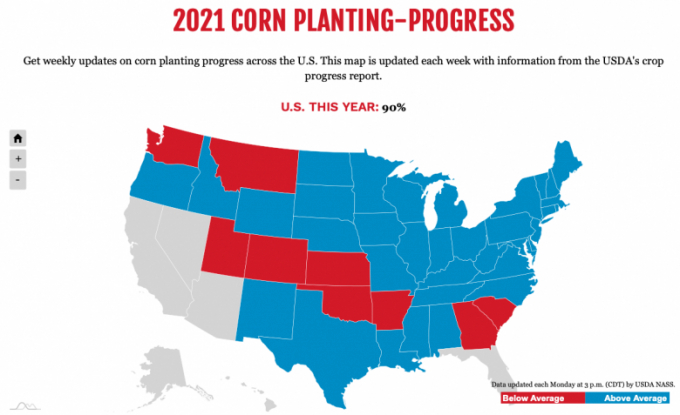
Of the total U.S. corn planted, 64% has emerged, above the 54% five-year average.
Over half of the Indiana, Illinois, and Nebraska corn crops are out of the ground.
SOYBEANS
As of Sunday, the USDA rated the nation’s soybean crop as 75% planted vs. a 54% five-year average.
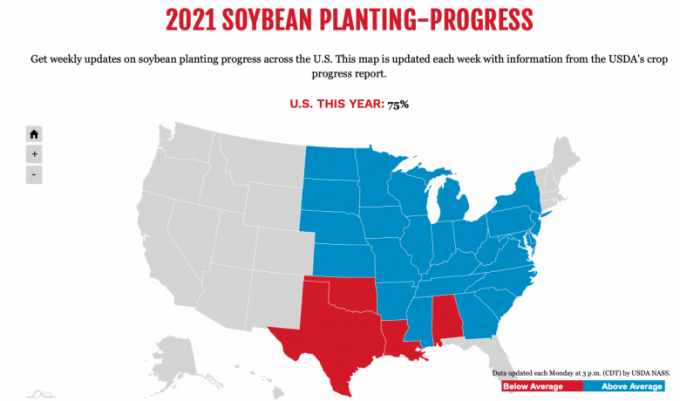
Indiana’s farmers have 41% of their soybeans out of the ground vs. a 24% five-year average. Iowa's farmers have 53% emergence of soybeans vs. an 26% five-year average. The crop in Illinois is 60% emerged vs. a 30% five-year average.
WHEAT
In its report Monday, the USDA rated the U.S. spring crop as 45% good/excellent.
The U.S. winter wheat crop is rated as 42% good/excellent vs. 48% a week ago.
Crop progress and condition estimates are based on survey data collected each week from early April through the end of November, according to the USDA report. “The non-probability crop progress and condition surveys include input from approximately 3,600 respondents whose occupations provide them opportunities to make visual observations and frequently bring them in contact with farmers in their counties. Based on standard definitions, these respondents subjectively estimate the progress of crops through various stages of development, as well as the progress of producer activities. They also provide subjective evaluations of crop conditions,” the USDA stated in its Monday report.

The U.S. winter wheat crop is rated as 42% good/excellent vs. 48% a week ago.
Most respondents complete their questionnaires on Friday or early Monday morning and submit them to the National Agricultural Statistics Service (NASS) field offices in their states by mail, telephone, fax, email, or through a secured internet website. A small number of reports are completed on Thursday, Saturday, and Sunday. Regardless of when questionnaires are completed, respondents are asked to report for the entire week ending on Sunday, according to the report.
(SF)

(VAN) India is concerned about its food security and the livelihoods of its farmers if more US food imports are allowed.

(VAN) FAO's Director-General emphasises the need to work together to transform agrifood systems.
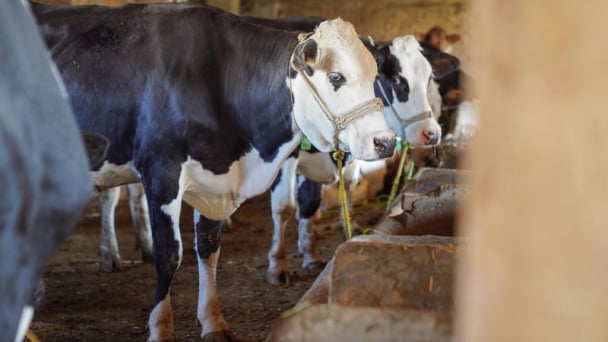
(VAN) Europe is facing its worst outbreak of foot-and-mouth since the start of the century.
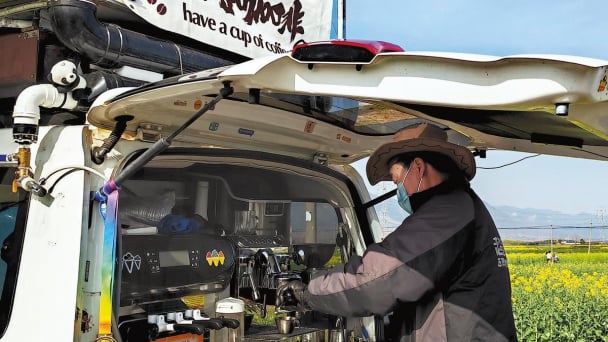
(VAN) The central authorities, in early April, released a 10-year plan for rural vitalization.
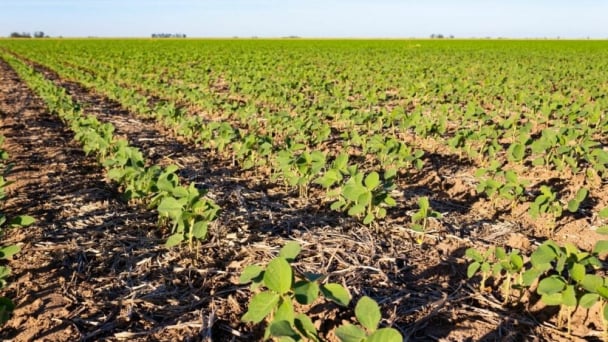
(VAN) Viterra marked a significant milestone in its carbon measurement program in Argentina, called Ígaris, reaching 1 million soybean hectares measured.

(VAN) Minnesota study adds to growing evidence of human-accelerated erosion, which could jeopardize agriculture.

(VAN) QU Dongyu addresses International Conference of the Global Mountain Dialogue for Sustainable Development in Kyrgyzstan.